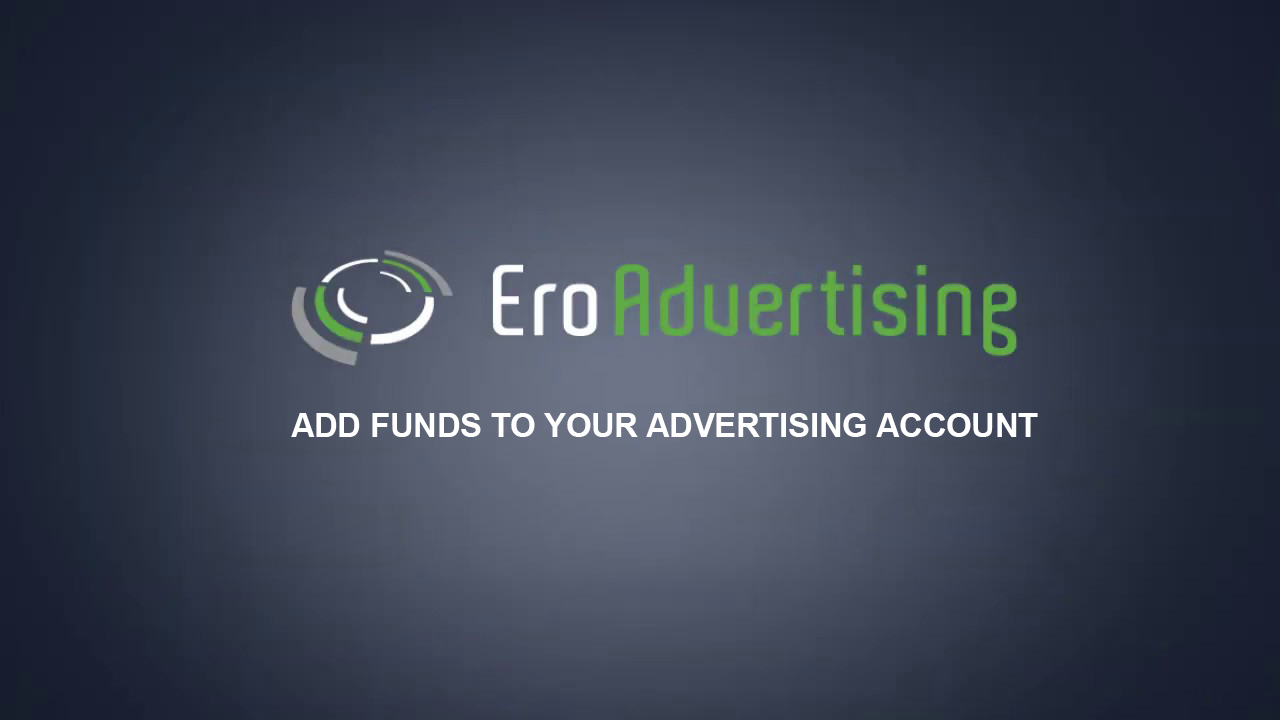You should already know: Video is king!
It is statistically proven that video ads are more effective than normal banner ads. The question here is: can you implement video ads into your marketing strategy?
Let’s dissect what is video ads and where it can be effective in your business!
What is Video Advertising?
Video advertising is an ad that plays before, after, or during the streaming content, which has become one of the best ways to reach online audiences. Is expected that video advertising will dominate the next decade, suggesting that now is the ideal time to jump into this trend.
It might seem that video ads are a definitive win but are not all like that. Many users find video advertising intrusive and disturbing, as it prevented them from watching content that they found relevant problems like this.
Display vs. Video Advertising
A display ad is a form of advertisement that normally appears on a website, social media, or app. Display Ads are made to boost brand awareness and conversions. But their click-through rate leaves a lot to be desired, only 0.05% across all formats. The main issue these days with display ads is “banner blindness”. Yes, we know. You and most people are so bored and fatigued by the ads that they don’t notice them anymore.
The problems with display ads have forced advertisers to search for other alternatives, one of them are video ads. Statistics also suggest that it is one of the best alternatives. About 72% of people would rather watch a video than any other format when learning about a product. With everything taken into consideration, it’s only obvious that video ads take the lead when it comes to the advertising world.
What works for Video Advertising?
Like every marketing strategy, digital video is always evolving. To catch trends at the right time advertisers need to pay real attention to these 4 trends that are dominating video ads.
1. Video Ads Are Not as Short
Since the start of video ads, there was a belief that video ads need to be short, and at the start, it was like that and it worked. Lately, trends have been changing. Now the ads that have around 30 seconds, are being chosen over shorter ads, people are now willing to pay attention for a bit longer.
2. Mobile Users Tune in Longer
Studies indicate that smartphone users tend to be more likely to longer video ads than the small 6 second ones. Once 72% of users continued to engaged after 6 seconds of the ad. Be careful to also not extend your video ad for mutch time it is estimated that after 22 seconds engagement drastically decreases.
3. People are spending more on video ads
Reports confirm that digital video ad budgets are up 25% over the years. These indicate that smaller advertisers might need to find better strategies to compete in this market. You should also not be discouraged by these reports. An increase in budgets is related to a growth in the market suggesting that opportunities are increasing and there is plenty in the video ad market.
4. Native Video Ads
Native ads are ads smoothly introduced into a specif web page so well placed and designed that they don’t even look like ads. These types of video ads take a softer approach to advertise than normal display ads. The best part is that they work! Their high click-through rate compared with other formats is catching the advertiser’s eye, making budgets for this type of video ad skyrocket.
Types of Video Ads
The main reason is: “why advertisers want to give video ads a try?” This happens because of the many different variations available in the market like:
- Pre-roll ads: This is the most common type of video ad. Here the ad is played before the desired content, leaving room for the user to watch the content with 0 problems.
- Mid-roll ads: this is the most effective way of doing video advertising. According to research mid-roll ads can have about 20-25% more completion rate than Pre and Post-roll ads.
- Post-roll ads: The last and less effective way of doing video advertising is Post-roll advertising. By placing the ad at the end of the video, most people will just skip it or ignore it as they have already watched all of the videos.
Advantages of Video Ads
Advertisers can have multiple benefits associated with video advertising. That video ads catch the user’s attention is no surprise. You have probably tuned in for a video and left the video knowing a little more about a product or service without paying much attention, that’s why it is so useful for brand awareness.
Videos also have the plus of being sharable content, increasing your brand’s reach. Understand that users only share what they like, so here the hard task is making them feel value when seeing your content. You can make your content valuable with storytelling, switching background music, use different camera angles, or dialogue to interact with your audiences. The more value you bring for them, the more likely they are to remember your brand.
Optimizing for mobile can also be a great advantage if you want to target larger audiences. Mobile optimization can be a great asset when it comes to video ads, as many people tend to watch all their video content on mobile as opposed to a laptop. A mobile strategy that fits strategically into your objectives can be a great way to boost your video ads.
Conclusion
Using video ads turns a normal strategy into a complete strategy, where you can engage with audiences that dislike text and banner ads. It also gives you way more options than the traditional pictures and text, here creativity is the limit. You can be funny sarcastic, enthusiastic, you can use different animations, whatever you want, and the best part is that users find your content relevant or engaging.
Do you want a platform that provides you with video ads?
We have you covered! Join Erosdvertising and put your video ads strategy into practice.











